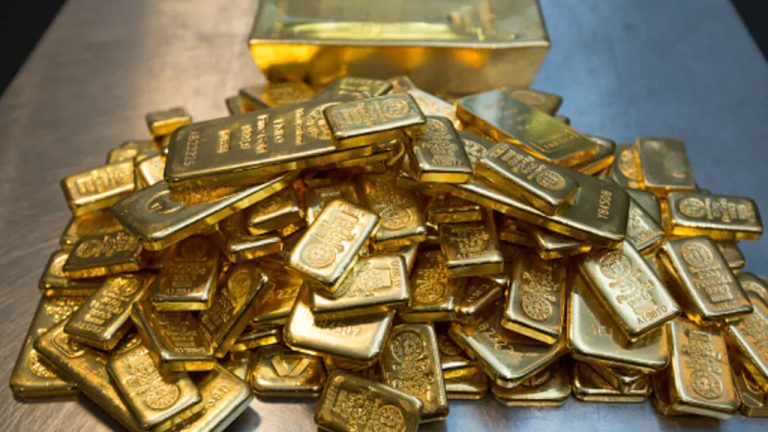Report Reveals East Is Challenging West’s Long-Standing Gold Pricing Dominance

A new report unveils a surge in gold acquisitions by Eastern nations, challenging the West’s long-standing dominance in gold pricing and altering the power equation in the global arena.
Research Highlights East’s Rise as Challenger to West’s Gold Pricing Tradition
In a comprehensive exposé on Seeking Alpha, Gainesville Coins’ gold analyst Jan Nieuwenhuijs emphasizes the waning control of the West over the global gold market, attributed to the East’s robust acquisitions.
“The global gold landscape has witnessed a pivotal shift. During the latter part of 2022 and early 2023, the East has been pushing gold prices upwards, effectively shattering the West’s historical pricing stronghold,” the author asserts.
Nieuwenhuijs sheds light on a nearly 90-year trend up to 2022 where gold movement between the West and East mirrored price oscillations. The analyst stressed that the West, being the price-setter, would buy from the East when prices surged and, conversely, would offload gold to the East in bearish phases.
Yet, the narrative took a turn in late 2022. Despite stable real interest rates, gold’s valuation shot up by 17% from October 2022 to June 2023. Throughout this phase, with the U.K. and Switzerland continuing as net gold exporters, it became clear that the West wasn’t propelling this price surge.
Concurrently, Nieuwenhuijs notes a significant uptick in Switzerland’s gold exports to Asia. He posits that covert acquisitions by central banks in emerging markets, especially those aiming to cut down on dollar assets post the seizure of Russia’s reserves, were responsible. Robust private demand in nations like Turkey and China also had a hand in this, emphasizes Nieuwenhuijs.
Drawing his insights to a close, the report foresees sustained centralized buying, which could further undercut the West’s influence over gold pricing. Nieuwenhuijs speculates that if the East persists in its gold purchases, the precious metal might shake off its dollar-linked status and assume a heightened stature in the global monetary framework.
In April 2023, gold breached the $2,000 mark, nearly eclipsing its 2020 peak in early May. At the time, Baruch Silvermann, The Smart Investor’s CEO, then forecasted gold possibly touching the $2,500 mark.
“From an investor perspective, we didn’t see the peak yet, and the peak may be much higher than $2,000 – $2,500 in the long term,” Silvermann conveyed to CBS News in an interview published in April. In his report on Seeking Alpha, Nieuwenhuijs leaned on customs data, worldwide gold movements, inventory shifts, and futures market dynamics to buttress his insights.
Currently, gold is stationed slightly over the $1,900 mark at $1,914 per troy ounce of .999 pure gold. While the precious metal has dipped 2.9% in the past month, its half-yearly trajectory reveals a 5% appreciation against the U.S. dollar. Zooming out, gold has appreciated 8.8% against the dollar in the past year and 61% over the previous half-decade.
What do you think about Nieuwenhuijs’ report about the West losing dominance over gold pricing? Share your thoughts and opinions about this subject in the comments section below.

Comments are closed.